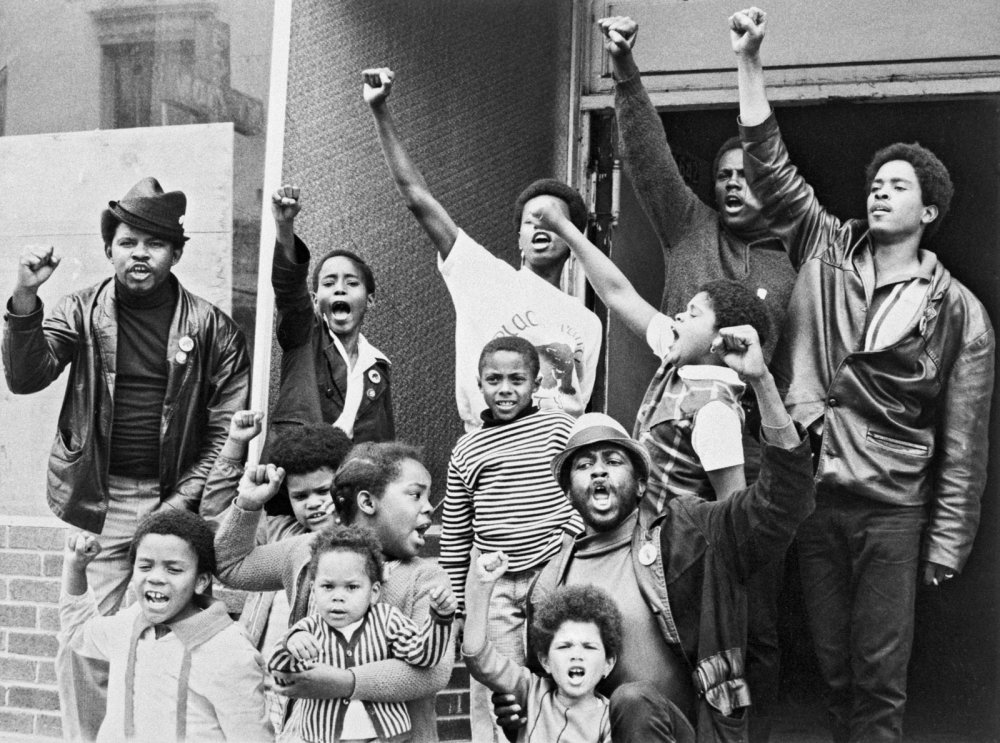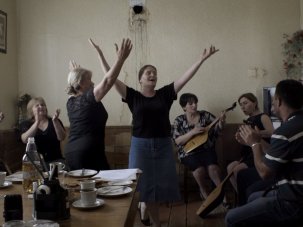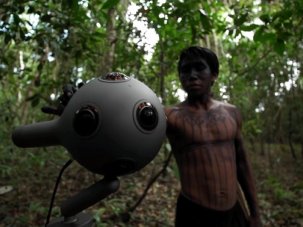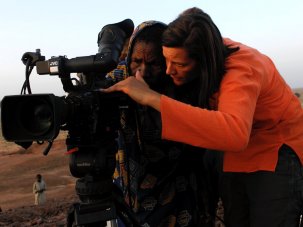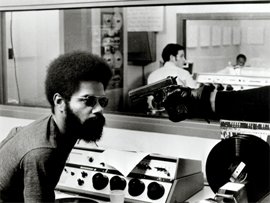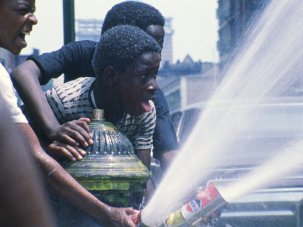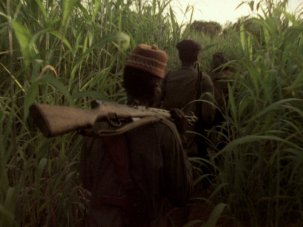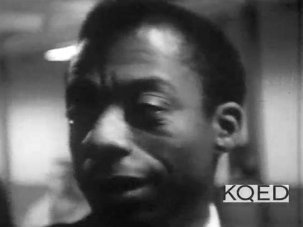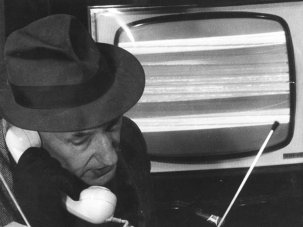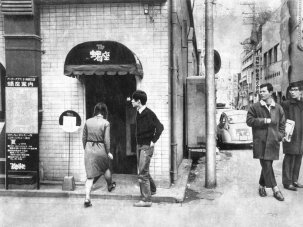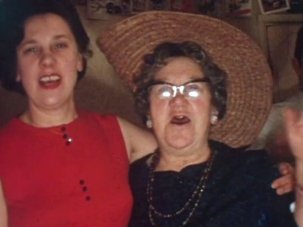A half-century has passed since the Summer of Love. While 1967 saw hordes of hippies descend on Haight-Ashbury, 2017 saw a horde of badge-toting filmgoers descend on Sheffield Doc/Fest. The two are hardly comparable, but Doc/Fest has long championed films about social justice, protest movements and the legacy of the counter-culture. This makes it an ideal place to celebrate 1967 in documentary film, with its Summer of Love and Disobedience: 50 Years of Resistance theme. Both in the special 67 strand and without, threads of that full-throated radical spirit appeared in many iterations at this year’s Doc/Fest.
The 23rd Sheffield Doc/Fest ran 7-12 June 2017.
The festival’s new head of programming, Luke Moody, has re-structured and narrowed down Doc/Fest’s feast of film choices. For the Doc/Retro strand a collection of documentaries made in 1967 were chosen, including films by Shirley Clarke (Portrait of Jason) and Chris Marker (Far from Vietnam), along with lesser-known work. Several of the films shared an interest in the year’s political tumult that eroded the concept of a ‘trustworthy’ establishment for ever.
One documentary of sheer radical intent was Edouard De Laurot’s Silent Revolution / Black Liberation, a (long) short film made with involvement from Malcolm X and Ossie Davis. De Laurot had been a resistance fighter in WWII-era Poland and went on to become a revolutionary filmmaker, aligning himself with Jonas Mekas and co-founding Film Culture magazine.
Silent Revolution / Black Liberation is predominantly a treatise on racial oppression. Its voiceover offers hard ideological stances on the imperialist drive of the Vietnam war, capitalist exploitation of black workers, and the domestic discrepancies in housing and opportunity that marked 20th-century African-American life.
“They want to take the democracy we have in Mississippi and bring it to the people of Vietnam!” barks the narrator, linking the struggle of oppressed people of colour across continents. De Laurot makes the most of the topography of faces – sharp-eyed Black Panthers and ordinary citizens of 60s Harlem. His Eisenstein-inspired montage juxtaposes their humanity against the severe imagery of the American police state – jackboots, helicopters, guns on policemen’s belts. In light of 2016’s Philando Castile case – and a dozen other acquittals of officers who kill black Americans – nothing in De Laurot’s film seems far off the mark.
Silent Revolution / Black Liberation
Sharing a telling part of its title with the former film, new short Che in Congo: A Dream of Liberation is another politically inclined trip back to the 60s. This year marks the 50th anniversary of Che Guevara’s trip to the Belgian Congo in an effort to aid the Congolese rebellion. Che was known there as ‘Commandant Tatu’ and operated in abject secrecy, training guerrilla fighters in the tall grass without permission. Guevara’s ambition to export revolution to Africa met with considerable difficulty, and director Ben Crowe attempts to physically follow the man’s journey across a nation still gripped by peril and in-fighting.
Insightful interviews, both with savagely racist Belgian ex-mercenaries and war-scarred Congolese rebels, help to construct a vision of the dashed hopes left in the war’s wake. But it’s a remark from a Congolese veteran that lingers: “Imperialism is still killing poor people.”
Che in Congo – the Beginning
While the legacy of colonialism was answered by revolution and war across the world in the 60s – Vietnam, Algiers, the Belgian Congo – many westerners were enjoying the peacenik era and all its glamour. The socio-political shifts of the decade were vast, but rock ’n’ roll, psychedelia, and the pop art scene all had enormous roles to play in turning young people on to the counter-culture. Viewed now, films focusing on this subject may seem frivolous, but they offer a fantastic rearward view of the fashions, music, and attitudes of the period.
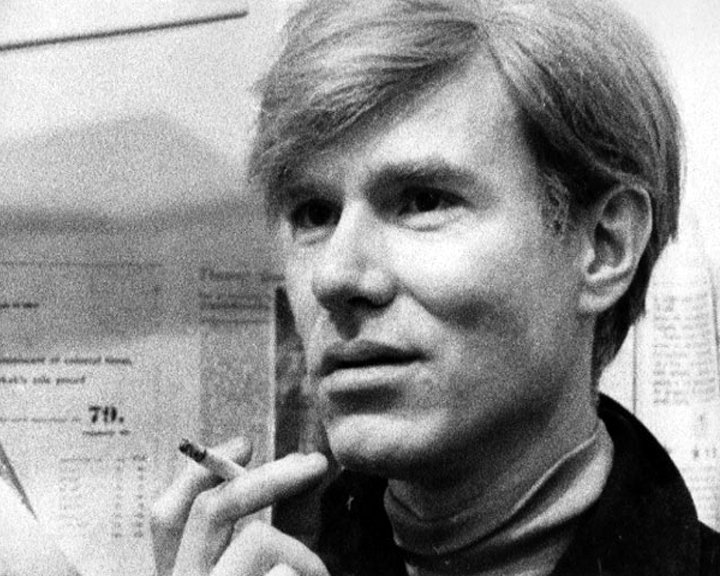
What’s Happening? (1967)
Antonello Branca’s art film from 1967, What’s Happening?, belongs wholly to New York City’s fertile literary and art world. Filming luminaries such as Andy Warhol, Allen Ginsberg and Robert Rauschenberg, Branca conducts brash, candid interviews about the Vietnam War and the bubbling ferment of the city. Branca, just like De Laurot, Agnes Varda and Peter Watkins, was documenting American pop culture from a European perspective, and his peppy, jump-cut heavy film is as upbeat as it is stylish.
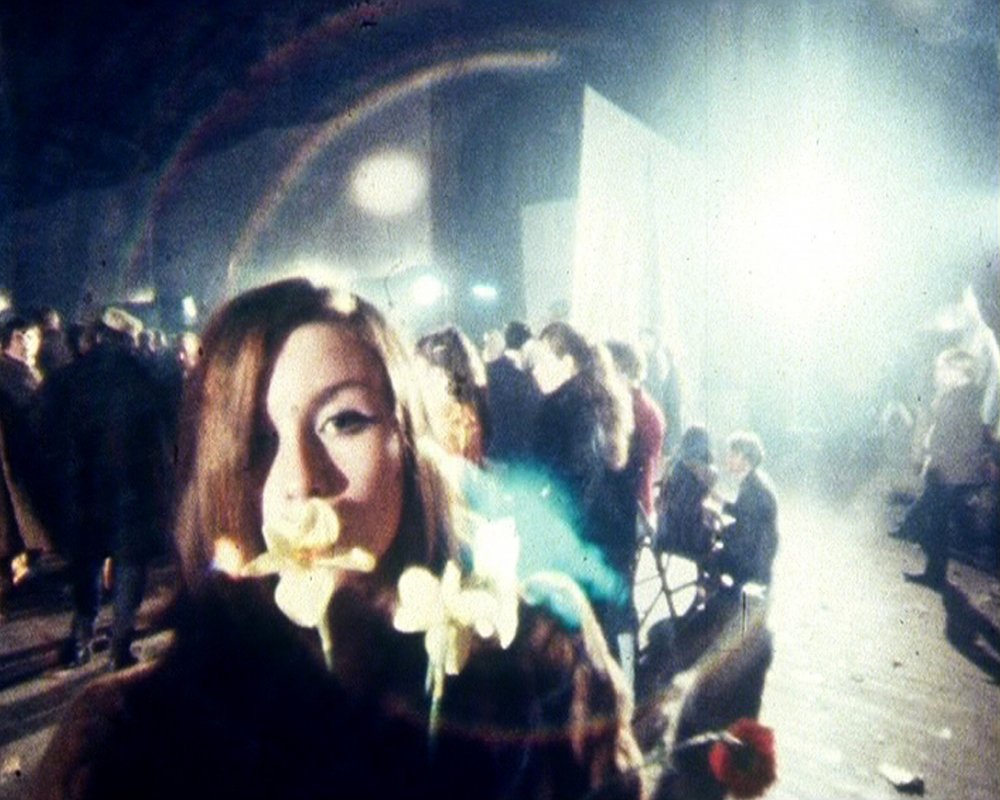
Tonite Let's All Make Love in London (1967)
Tonite Let’s All Make Love in London is a better-known social document, directed by celebrated chronicler of 60 subcultures, Peter Whitehead. Capturing Swinging London at its height, the film features appearances from faces such as John Lennon, Yoko Ono, Julie Christie, Michael Caine, Mick Jagger and David Hockney. And while it’s a joy to behold, with all its dancefloor wiggles and Pink Floyd jams, it’s also surprisingly cutting. Whitehead regards all the glamour with a degree of detachment, drawing visual parallels between the ‘square’ and the ‘hip’ with a certain amount of ambivalence. The bourgeois is never far beneath the surface of all that bohemian decadence.
Long Strange Trip, a four-hour odyssey through the story of the Grateful Dead, is engaging even for neophytes. The film travels loosely through a chronological account of the band’s transition from macho California hippies to godlike idols, dogged by their obsessive legion of Deadhead fans. Director Amir Bar-Lev paints the band as an unassuming cultural phenomenon, beckoning outsiders closer with their generous, improvisational ethos. Bar-Lev combats the internal chaos with an unexpected structural backbone: Jerry Garcia’s favourite film, Abbott and Costello Meet Frankenstein (1948). Evocative of its social moment and stringing together a wonderfully crazed collection of characters, Long Strange Trip seems destined to be one of the stand-out music documentaries of recent times.
If much of the Dead’s legacy was ruined in latter decades by violent interlopers with no sense of their easygoing vibe, that can’t help but feel like a summation of a larger truth about the spirit of ’67. Much of the 60s dream ended in burn-out, failure and capitulation. To see the dissolution of the counter-culture attitude today, look no further than Glastonbury doc Lost in Vagueness. Sofia Olins’s aimless and faux-profound film casually reveals that some festival-goers were paying £600 per night to stay at the Glastonbury caravan park. Jerry Garcia would roll over in his grave.
-
The Digital Edition and Archive quick link
Log in here to your digital edition and archive subscription, take a look at the packages on offer and buy a subscription.




